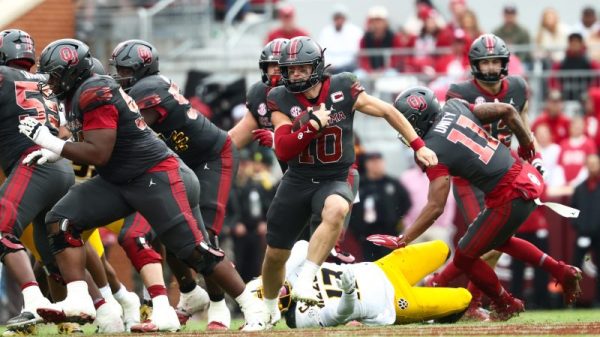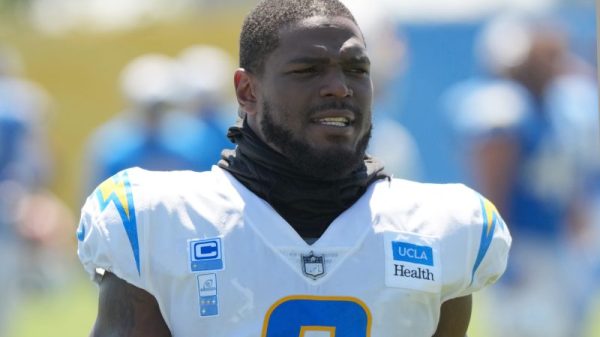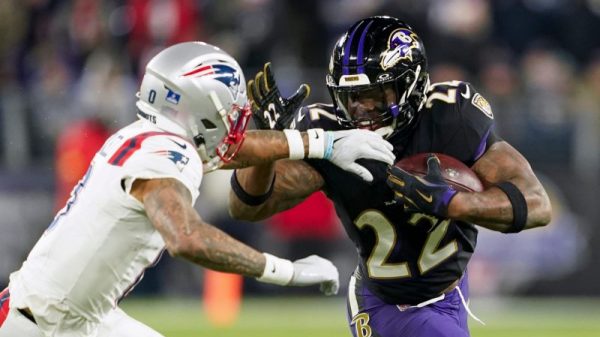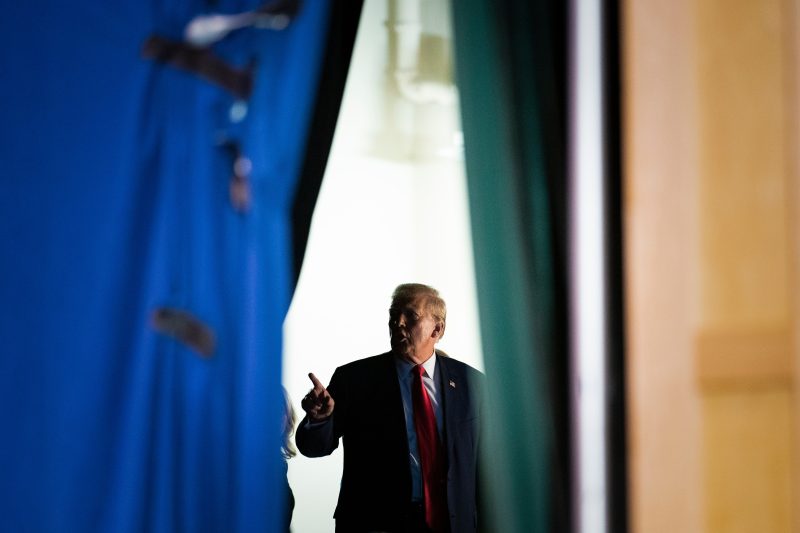No fewer than five times this week, Donald Trump has wondered aloud why he wasn’t indicted for his alleged crimes three years ago, rather than this year. It’s the continuation of a long-running effort to cast the prosecutions as political efforts to torpedo his presidential candidacy.
“REMEMBER, CROOKED JOE BIDEN AND HIS RADICAL LEFT THUGS WAITED THREE YEARS TO BRING THESE INDICTMENTS & LAWSUITS AGAINST ME, RIGHT IN THE MIDDLE OF MY CAMPAIGN!” Trump said on Truth Social in the wee hours of Tuesday morning.
While there are in some cases valid questions about why certain investigations took as long as they did, there are several problems with Trump’s framing — and many readily available explanations for how long the probes took.
The first problem is the timeline Trump is laying out.
Three years ago would place such indictments around late 2020. The president at that time, you might recall, was Donald Trump. But let’s grant for the moment that Trump is being characteristically hyperbolic.
Trump has done this before: When he was charged Aug. 1 for his attempts to overturn the election, he wondered why it hadn’t happened 2½ years ago. That would have placed such charges very shortly after Jan. 6, 2021, even before the U.S. Senate acquitted him at his impeachment trial. And Trump’s legal team complained at the time about how the impeachment process had been “rushed.”
The larger point is that, even if we accept that Trump is speaking loosely, much of the alleged conduct outlined in three of Trump’s four indictments hadn’t come to light — or in some cases even taken place — anywhere near three years ago. These things take time, and we’ve seen that play out.
Trump allegedly left office with classified documents in late January 2021. But the charges brought by special counsel Jack Smith in federal court in Florida are not focused on merely possessing them. Rather, they are focused on Trump’s failure to return them when authorities came calling, along with alleged efforts to obstruct that process.
The National Archives and Records Administration didn’t refer Trump’s case to the Justice Department until early 2022, after it discovered classified documents in 15 boxes that Trump had returned in January of that year, according to Trump’s indictment.
In fact, apart from the individual documents Trump is charged with illegally retaining, each of Trump’s charges in this case results from conduct between May 2022 and August 2022. And the slow pace of the investigation and criminal charges clearly owes to Trump’s repeated failures, over many months, to return the documents — a situation culminating in the August 2022 search of Mar-a-Lago. The indictment came 10 months later.
Trump’s hush-money indictment in Manhattan would seem the most plausible candidate for a supposedly politically timed prosecution. (It’s in New York and not a federal case, but Trump often suggests without any evidence that President Biden and his allies are behind that prosecution, too.)
The conduct involved took place in 2016, when Trump was first running for president and women accusing him of affairs were paid for their silence. We learned plenty about it in 2018, when the Justice Department implicated Trump in the scheme and former Trump lawyer Michael Cohen pleaded guilty. That was five years ago.
Yet the Justice Department opted not to charge Trump when he left office in early 2021, when its policy against indicting sitting presidents no longer applied. And the Manhattan district attorney didn’t either, at least initially.
Part of the delay would seem to have resulted from differing views over the prosecution, with the district attorney who ultimately brought the charges, Alvin Bragg, taking office in January 2022. (The New York Times published an authoritative blow-by-blow account when Trump was indicted in March. Part of the hang-up was the reliance on the credibility of Cohen, a convicted criminal who had pleaded guilty to lying in testimony in 2017.)
But again, there were delays in the process attributable to Trump himself; his legal team fought against having to turn over his tax returns before the Supreme Court eventually ended those challenges in February 2021.
Trump’s other two indictments — the case brought by Smith in federal court in D.C. and a state case in Fulton County, Ga. — are focused on Trump’s efforts to overturn the 2020 election. These efforts took place between November 2020 and January 2021. But as we saw very publicly with the House Jan. 6 committee, it takes time to put together an investigation; the House’s hearings didn’t conclude and result in a criminal referral until December 2022.
In the Justice Department investigation of the same subject, there were obviously delays. But in a must-read piece for anyone interested in this topic, The Washington Post reported that this had a lot to do with the fact that the FBI resisted even investigating Trump for more than a year:
The political sensitivities involved in investigating a former president were part of the reason for that methodical approach:
This is something we also saw in the classified-documents investigation, with The Post in another authoritative report this year revealing that some key figures resisted searching Mar-a-Lago because of how politically sensitive such action was.
So in some ways, it could be argued that Trump is being treated somewhat differently — not because people are going after him hard and timing their prosecutions to harm him, but because they are being exceedingly careful in such high-stakes investigations. Trump’s years spent deriding the “witch hunts” against him and rallying supporters behind a sense of persecution seemed to inject large amounts of caution about moving too quickly.
Beyond the details of the investigations, there are other factors worth considering regarding Trump’s complaint.
One is that indicting presidential candidates has never been sacred to Trump. He publicly promoted the ideas that both Hillary Clinton in 2016 and Biden in 2020 should have been indicted late in their campaigns against him.
Another factor is that, while Trump announced his presidential campaign in November 2022, he had been teasing another run since February 2021. He also started holding campaign-style rallies in June 2021. That left a very small window in which Trump could feasibly have been charged while he wasn’t teeing up a potential return to the White House.
And the final factor is that such lengthy processes are standard for these types of crimes. An analysis from Syracuse University this year showed that white-collar cases take 3.6 times as long between criminal referrals and prosecution filings — an average of 452 days — as the average for all federal prosecutions. And that doesn’t even include investigative steps that precede the referrals, which are difficult to quantify given they’re often conducted secretly.
The time between the National Archives referring its case to the Justice Department and Trump’s classified-documents indictment? 484 days. Between the House Jan. 6 committee’s criminal referral and Trump’s Jan. 6 indictment? 225 days. Between a judge saying in March 2022 that Trump “more likely than not” broke the law in that case and that indictment? 491 days. (The last was not technically a criminal referral, but it was the first big sign of criminal trouble ahead for Trump.)
In sum, it’s surely inconvenient for Trump that these prosecutions are underway in the final 12 months before an election. But it’s hardly surprising given the time frames involved. And it’s not clear what actually plausible timing would have met with his approval.
Apart from “never.”



























